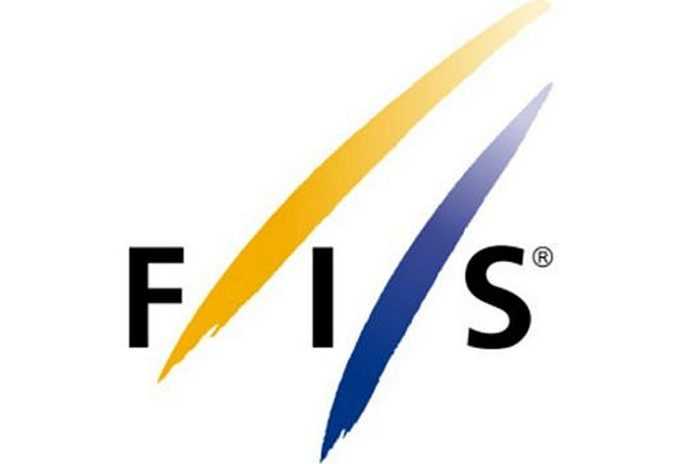The biggest player in winter sports is the Federation Internationale de Ski, better known as FIS, which governs almost the entire Olympic Winter Games program on snow, including Alpine Skiing, Cross Country Skiing, Nordic Combined, Ski Jumping, Freestyle Skiing and Snowboarding.
Must be a pretty rich federation, right?
Although it doesn’t publish stand-alone financial statements, it did include a financial summary in its new FIS Bulletin for 2018. FIS has an odd fiscal reporting program that covers two years, in this case from January 2016 to December of 2017; the two-year highlights:
- CHF 47.58 million in revenues (~$48.70 U.S.); avg. $24.35 million per year, down 15% from the 2014-15 period;
- CHF 41.38 million in expenses (~$42.36 U.S.); avg. $20.69 million per year, even with 2014-15;
- CHF 6.20 million (~$6.35 million U.S.) in operating revenue; avg. $3.18 million per year.
So FIS is doing well, but hardly in the class of aquatics giant FINA, which showed CHF 66.4 million (~$68.0 million U.S.) for 2015 alone!
The FIS revenues are from IOC contributions (44.1%), the various FIS World Championships (28.6%), the various World Cups (13.3%), fees from its national associations (9.1%) and miscellaneous sources for the other 4.8%.
The expenses were for personnel (CHF 23.67 million/$24.23 million), operations (CHF 7.68 million/$7.86 million) and then CHF 10.03 million ($10.27 million) returned to the national federations.
There was also net investment income of CHF 7.047 million ($7.21 million), so the two-year surplus was CHF 13.247 million ($13.56 million). Good and steady results, but a fascinating look at winter’s biggest IF.





















